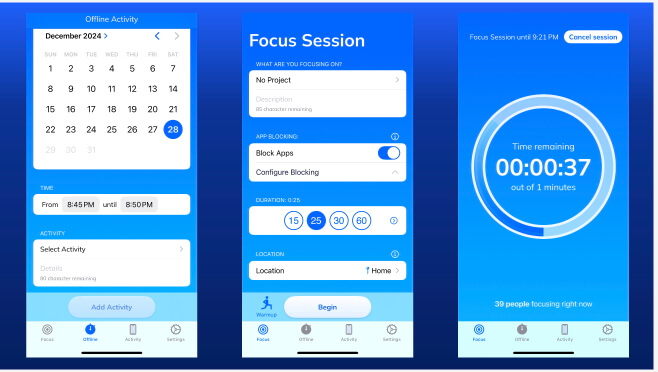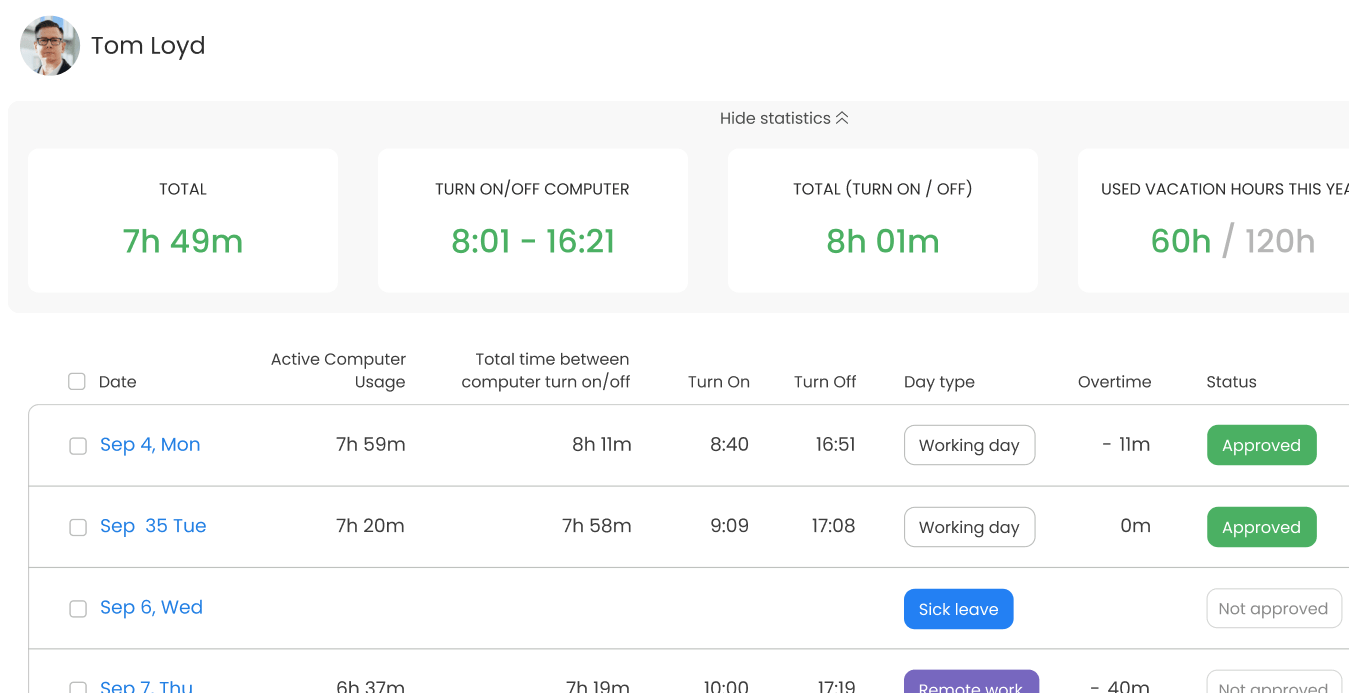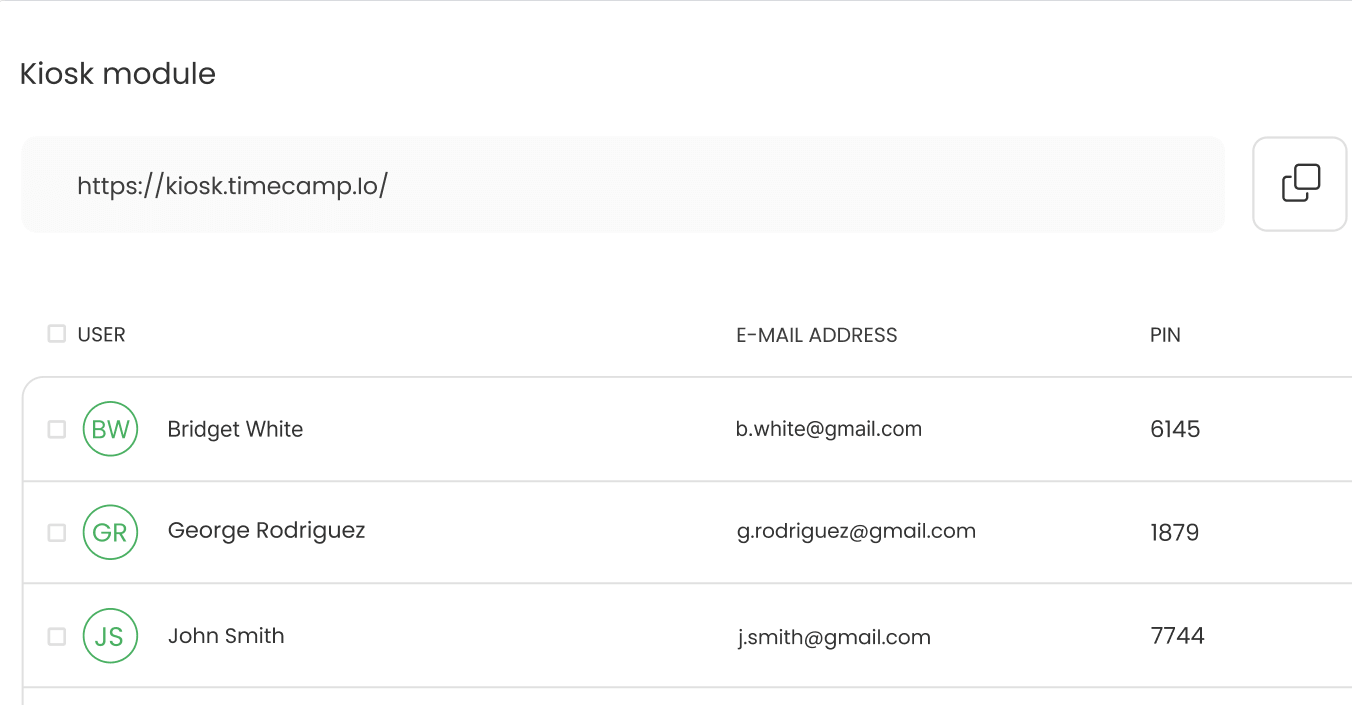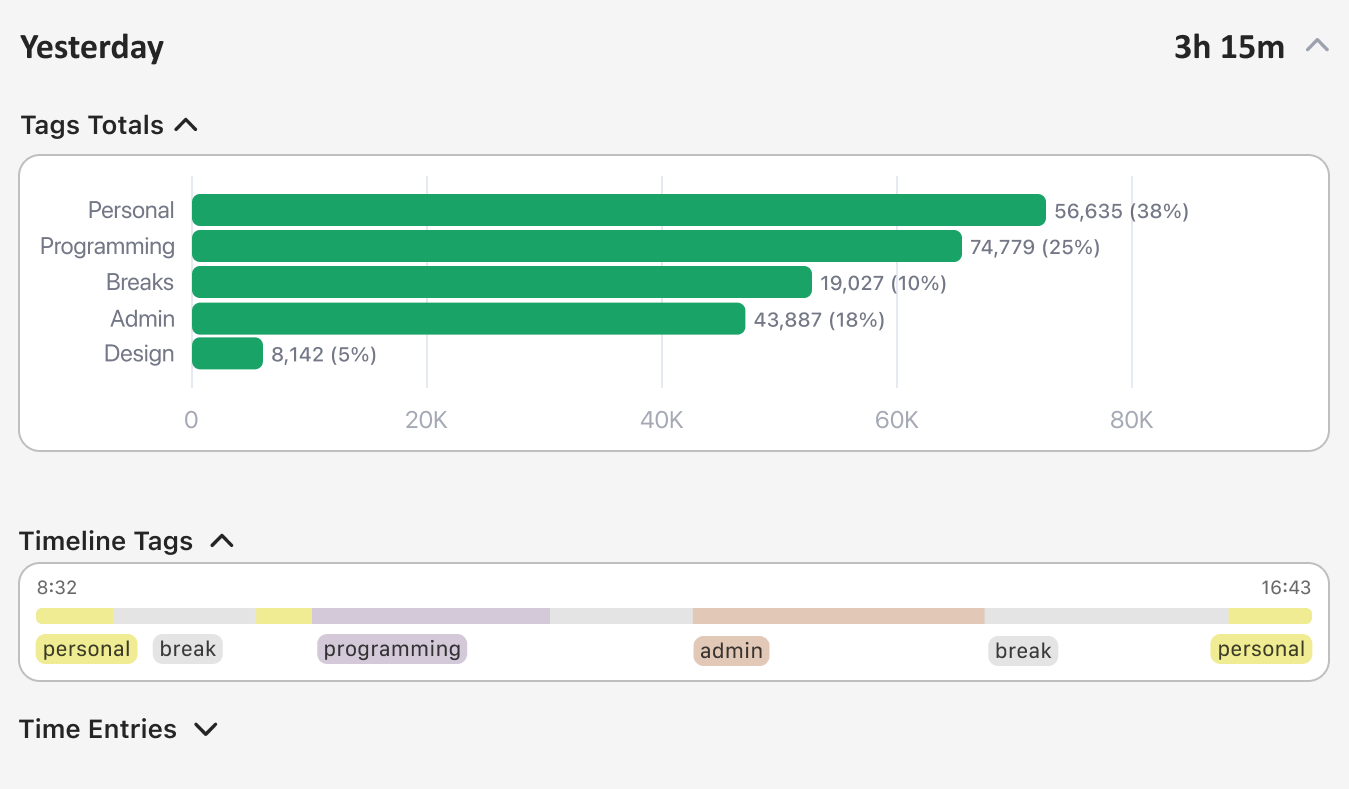10 Toggl Alternatives (Free & Paid) for 2025
The ten best alternatives for Toggl Track users seeking a more suitable, affordable, or differently featured option.
There’s no doubt that Toggl is a standout time-tracking tool with reliable features, but there are many other great options to consider.
We’ve put together a rundown of the top ten Toggl alternatives to help you find a solution that might better suit your needs
*Last Updated: July 2025*
Content overview
- Everhour: Best for project management integrations
- ClickUp: Best for team collaboration
- RescueTime: Best for focus improvement
- Timecamp: Best for attendance management
Top 6 Toggl Alternatives at a Glance


1. My Hours: Best for ease of use
Price: Free (up to 5 users), $9/user per month, enterprise pricing available
Available on: Desktop, Web, iOS & Android
Pros:
 Affordable paid plan
Affordable paid plan Automated timesheet approvals
Automated timesheet approvals User-friendly interface
User-friendly interface Good organizational and management tools for projects and tasks
Good organizational and management tools for projects and tasks Developers constantly improve and update the platform
Developers constantly improve and update the platform
Cons:
 Free plan limited to five users
Free plan limited to five users Extended support is only available on the paid plan
Extended support is only available on the paid plan Limited third-party integrations
Limited third-party integrations
With almost 20 years of experience, My Hours is built with one job in mind – tracking time so you can run profitable projects.
Unlimited projects, tasks and clients in the free plan make it the best price performance app on the market.
Why choose My Hours over Toggl?
My Hours is a great all-rounder platform that’s dedicated to time-tracking across teams and projects. It’s more affordable than Toggl, offering straightforward pricing without the need to upgrade to access certain features.
The platform is comprehensive, yet user-friendly, and is particularly good for teams that need to track time for the purposes of client billing.
Users get a detailed breakdown across clients, projects, and tasks, with customizable options for billing (or not billing) time. Additionally, automated invoicing removes the requirement to integrate with accounting apps, which is not available on Toggl.
The reporting feature stands out as one of the best, giving you granular data presented in an easy-to-read format. Reports are incredibly customizable, enabling you to generate tailored reports for all stakeholders.
For teams requiring a better timesheet approval process than what Toggl offers, My Hours provides automated approvals and timesheet locking, ensuring higher accuracy and compliance with time-tracking laws.
Users will appreciate that the My Hours team offers responsive support and onboarding. Additionally, they are always working to enhance the platform and consistently improve features or update existing ones.
Ultimately, My Hours is dedicated to real-time, time-tracking, and accurate client billing. This makes it a sound choice for users who require the right tools for compliance with payroll and labor laws.
Toggl Track drawbacks:
1.
Billable rate flexibility comes with a price
Simple billable rates cost $10 per month per user and extra ones cost $20.
How My Hours solves this: My Hours offers a generous free plan with billable and non billable time tracking. In addition you get to choose from a project, task or team member based hourly rates for $6/month per user.
2.
Quirky, nice to look at but not powerful at all
Toggl Track is simple but it lacks the power when you need to run a project from start to finish, from tracking to invoicing.
How My Hours solves this: simple time tracking, insightful reporting and invoicing are the core features of My Hours. This allows you to organize, track, report and invoice your projects all in one place.
3.
Lots of ways to track time, but limited ways to analyze hours.
Toggl offers a variety of time tracking options (desktop, web, mobile, plugin) but comes up short when you want to crunch down on the data you tracked.
How My Hours solves this: insightful reports (activity report, economy report, pivot tables and more) that allow you to present your data just the way you want to is one of the best core features of My Hours. For advanced users you can also use the pivot table or export your data to Excel for additional analysis.
Bottom line comparison
- Calendar tracking
- Custom reminders
- Browser extension
 More generous Free plan + less expensive
More generous Free plan + less expensive Expenses and invoicing
Expenses and invoicing Timesheet tracking
Timesheet tracking Custom fields
Custom fields Approvals
Approvals

2. Clockify: Best for teams needing unlimited seats
Price: Free, $4.99 - $14.99/user per month
Available on: Desktop, Web, iOS & Android
Pros:
 Unlimited free plan and scalable paid plans
Unlimited free plan and scalable paid plans Simple project timer and auto tracker
Simple project timer and auto tracker Extensions for Chrome, Firefox, and Edge
Extensions for Chrome, Firefox, and Edge Pomodoro timer included
Pomodoro timer included Handy calendar view
Handy calendar view
Cons:
 Advanced features locked behind a paywall
Advanced features locked behind a paywall Team communication and project management are add-on platforms with an additional cost
Team communication and project management are add-on platforms with an additional cost No inbuilt payroll processing
No inbuilt payroll processing
Why choose Clockify over Toggl?
Clockify’s forever-free plan lets entire teams track time at zero cost, something Toggl only offers to solo users.
While it shares similar time tracking features to Toggl, Clockify also has a built-in kiosk for employee clocking in and out. It also comes with a PTO and vacation tracker, allowing you to set up policies regarding all types of time off.
The calendar view is extra handy because it provides a clear and visual way for users to view current and upcoming workloads and adjust accordingly. It also integrates with Google and Outlook for wider visibility across teams.
Clockify works well for businesses that employ shift workers. It contains a complete scheduling tool, including capacity management and the ability for employees to track time based on their schedule.
While it’s certainly more feature-rich than Toggl, some of these tools may be overwhelming for users requiring a simple time tracking solution. Plus, many tools are only accessible on the higher-priced plans.
All in all, Clockify is a comprehensive solution with paid plans better suited to larger organizations. The free plan is ideal for teams of any size and offers a more generous feature set than Toggl.

3. Harvest: Best for advanced invoicing
Price: Free (1 user), $13.75 - $17.50/user per month
Available on: Desktop, Web, iOS & Android
Pros:
 Comprehensive invoicing tools, including payments
Comprehensive invoicing tools, including payments 50+ integrations, including Asana, Slack, PayPal, and Stripe
50+ integrations, including Asana, Slack, PayPal, and Stripe SAML-based single sign-on (SSO)
SAML-based single sign-on (SSO) Minimalist approach to time-tracking with a clean interface
Minimalist approach to time-tracking with a clean interface Custom reminders
Custom reminders
Cons:
 Free plan limited to a single user and two projects
Free plan limited to a single user and two projects Premium features require higher-tier plans
Premium features require higher-tier plans Lacks project management tools
Lacks project management tools
Why choose Harvest over Toggl?
The key reason you should pick Harvest over Toggl is for its comprehensive invoicing and billing features. If you’re using Toggl, you have to rely on integrations to get these capabilities. However, Harvest automatically transforms timesheets into invoices for fast and accurate billing.
It also accepts online payments via PayPal or Stripe, meaning you get an all-in-one system for end-to-end client billing.
We also like Harvest’s minimal approach to time tracking. It focuses on categorized blocks of time, whereas Toggl tends to get bogged down in too much data, which can increase user fatigue.
Harvest was built for fast and efficient tracking of billable and non-billable time, rather than focusing on the “who did what and why” aspect of time tracking.
If that’s more aligned to your needs, then Harvest could be an ideal Toggl replacement for your business. Overall, we say it’s best for organizations that need a time tracking solution that is closely aligned with billing and invoicing.

4. Hubstaff: Best for organizations with multi-site or remote workers
Price: $7 - $25/user per month
Available on: Web, iOS & Android
Pros:
 Inbuilt payroll and payment tools
Inbuilt payroll and payment tools GPS time-tracking for remote workers
GPS time-tracking for remote workers Project cost management tools, including forecasting
Project cost management tools, including forecasting Overtime and attendance tracking
Overtime and attendance tracking Employee scheduling
Employee scheduling
Cons:
 Extensive employee surveillance tools
Extensive employee surveillance tools No free plan
No free plan Key features are only available on higher-tier plans
Key features are only available on higher-tier plans Users are limited to 1,000
Users are limited to 1,000
Why choose Hubstaff over Toggl?
Okay, so we don’t recommend using employee surveillance tools, but if this is something that’s important to you, then Hubstaff has it all.
It offers extensive employee monitoring from time-tracking with automatic screenshots, idle time detection, performance analytics, and more. However, it doesn’t log keystrokes, monitor emails, or access cameras and webcams, which is a plus in our book.
Handy for tracking remote teams, the GPS-based time-tracking uses geofencing to clock workers in and out while helping to reduce buddy punching.
The project cost tools offer deeper insights than what Toggl can provide, allowing you to proactively manage budgets and maintain profitability.
With scheduling tools also available, we believe that Hubstaff is a good alternative to Toggl for teams with remote or field workers.

5. Beebole: Best for smaller, office-based teams
Pros:
 Clean user interface with automated tracking
Clean user interface with automated tracking PTO management tools with request notifications
PTO management tools with request notifications Granular project breakdown
Granular project breakdown Detailed and user-friendly reporting
Detailed and user-friendly reporting
Cons:
 Pricier compared to other options
Pricier compared to other options No Android or iOS app available
No Android or iOS app available No free plan
No free plan
Why choose Beebole over Toggl?
On the surface, Beebole looks like a minimalist time-tracking tool, but when you look deeper, you find that it has better project tracking and management tools than Toggl.
It offers high customization, allowing you to set up the platform according to your needs, along with detailed reporting for efficient resource and cost management.
We like that you can break down projects to a granular level by separating them not just into tasks, but into sub-projects as well. This gives you more control over timelines, responsibilities, and overall project organization.
While it’s a shame there’s no free plan, Beebole offers single-tier pricing, which means all features are included. Therefore, nothing is locked behind a higher paywall, so you don’t have to worry about upgrading.
Overall, we say that Beebole is a great Toggl replacement that’s best suited to office-based workers and smaller teams looking for a streamlined solution.

6. Timely: Best for teams that frequently switch up tasks
Price: $11 - $28/user per month
Available on: Desktop, Web, Android & iOS
Pros:
 Memory tracker that removes the need to manually start and stop timers
Memory tracker that removes the need to manually start and stop timers AI-assisted timesheet completion
AI-assisted timesheet completion Time planner for better forecasting and estimations
Time planner for better forecasting and estimations Zero surveillance or employee monitoring
Zero surveillance or employee monitoring
Cons:
 No free plan
No free plan Limited native integrations
Limited native integrations A reliance on AI may lead to errors
A reliance on AI may lead to errors
Why choose Timely over Toggl?
Timely is one of the few time-tracking platforms that has fully embraced AI and incorporated it into its platform.
Even though it features automatic time-tracking, Toggl still relies on manual intervention to complete time logs. In contrast, Timely has a very interesting feature called a Memory Tracker that automatically tracks everything a user does and for how long. Then, the log simply gets dropped into the timesheet at the end of the day.
Additionally, an AI assistant will remember users' habits and activity and then automatically tag timelogs and make suggestions, further reducing the need for manual input.
Because of these tools, we feel that Timely is a useful choice for teams that frequently change tasks or want an efficient way to log a lot of varied activity.
More Toggl alternatives

7. Everhour: Best for project management integration
Price: Free (up to 5 users), $10/user per month
Available on: Desktop, Web, iOS
Pros:
 User-friendly interface
User-friendly interface Visual timeline planner
Visual timeline planner Includes a pomodoro timer
Includes a pomodoro timer Native integrations with key project management software
Native integrations with key project management software Expense tracking and invoicing features
Expense tracking and invoicing features
Cons:
 Limited customization
Limited customization No Android app
No Android app No offline time tracking capabilities
No offline time tracking capabilities
Why choose Everhour over Toggl?
Everhour is a good option for office-based teams that use project management software like Asana, Trello, and Slack.
The software features native integrations for most key project management tools and enables users to track time directly within these software apps. It’ll also pull all your projects and tasks from these apps and insert them into your Everhour planner.
Project managers will appreciate the timeline visual planner. It allows you to create visual roadmaps to better track progress without getting bogged down in data analysis.
Everhour provides one of the most uncluttered and user-friendly interfaces on this list, so it’s perfect for those who are searching for a minimalist time-tracking solution.
The Pomodoro timer is a useful feature (and something not offered by Toggl) because it provides an inbuilt way to better manage time. Everhour also comes with an overtime tracker to help keep on top of hours.
Everhour is definitely geared toward businesses that work online (it doesn’t offer offline time tracking), and we recommend it for project management teams.

8. ClickUp: Best for collaboration
Price: Free, $10 - $19/user per month, enterprise pricing available
Available on: Desktop, Web, iOS & Android
Pros:
 Users, tasks, and whiteboards are unlimited on all plans
Users, tasks, and whiteboards are unlimited on all plans Offers in-app chat for easy collaboration
Offers in-app chat for easy collaboration Time-tracking updates in real-time across all devices
Time-tracking updates in real-time across all devices Platform can be white labeled
Platform can be white labeled Customized dashboards for different reporting requirements
Customized dashboards for different reporting requirements
Cons:
 Many features are only available on the higher plans
Many features are only available on the higher plans May be “feature overload” for those looking for a simple time-tracking solution
May be “feature overload” for those looking for a simple time-tracking solution Larger learning curve compared with other apps
Larger learning curve compared with other apps
Why choose ClickUp over Toggl?
HourStack was a standalone time-tracking platform that was acquired by ClickUp and then incorporated within the ClickUp ecosystem.
As such, you now get a complete business management platform that contains everything you need for project management and team collaboration.
In regard to time-tracking, ClickUp offers automatic and manual time entries from any device. Interestingly, the platform integrates with other time-tracking apps (including Toggl). Therefore, it’s a good option if you need to extend capabilities beyond time-tracking but still want to stick to your favorite tools for this purpose.
The chat tools are a very useful feature since they allow users to communicate about time tracking and projects without having to use an external tool. This keeps everything in one place, offering a more streamlined solution.
Enterprise-scale organizations will be interested to know that, unlike Toggl, it’s possible to white label ClickUp and provide a branded platform for their users.
Overall, ClickUp is a sound choice for teams looking for an alternative to Toggl that contains comprehensive business tools.

9. RescueTime: Best for improving focus
Price: From $12/month (solo users), from $9/month per user (team users)
Available on: Desktop, Web, iOS
Pros:
 Custom goal tracking with real-time updates
Custom goal tracking with real-time updates Alerts and notifications for customized activities
Alerts and notifications for customized activities Website and app blocking
Website and app blocking Guided focus sessions included
Guided focus sessions included
Cons:
 No free plan
No free plan No Android app
No Android app No invoicing tools
No invoicing tools
Why choose RescueTime over Toggl?
Although we feel that RescueTime doesn’t offer enough features for larger teams, it’s a neat tool for individuals and freelancers who are looking to boost their focus.
Unlike Toggl, RescueTime has a wider variety of tools. It features a website and app blocking feature to minimize tempting distractions, and it allows you to set goals such as reducing time spent on social media.
The app will then send alerts and progress updates to help users stay on track.
The guided focus sessions are an interesting inclusion. This offers set weekly times where you can work within a virtual co-working space with timed focus periods.
RescueTime offers real-time tracking and uses a visual timeline to show users their daily work patterns. This can then be transformed into a timesheet, which can also track billable hours.
The reporting features, however, are basic, and there are no invoicing capabilities. This is a good Toggl replacement for those who want basic time-tracking with inbuilt productivity features.

10. TimeCamp: Best for employee attendance tracking
Price: Free, $3.99 - $14.99/user per month
Available on: Desktop, Web, iOS
Pros:
 Inbuilt attendance management tools
Inbuilt attendance management tools Kiosk for clocking in and out
Kiosk for clocking in and out Team performance optimization and analysis
Team performance optimization and analysis Geofencing for remote time-tracking
Geofencing for remote time-tracking AI time tracker
AI time tracker
Cons:
 Limited invoicing tool
Limited invoicing tool Many features are locked to the higher-priced plans
Many features are locked to the higher-priced plans User interface could be better
User interface could be better
Why choose TimeCamp over Toggl?
TimeCamp offers a streamlined way to track time via its AI capabilities. The tool can analyze screenshots of tasks being worked on and automatically apply them to timesheets. It’s also one of the best apps to choose if employee attendance monitoring is a key requirement.
These features are suitable for office-based and remote employees, with geofencing and location monitoring for off-site workers.
The platform includes PTO and overtime management, as well as tools for managing other types of leave, including sick and vacation time.
Although there are lightweight surveillance tools, these are more for monitoring usage patterns to enable you to get rid of unproductive tasks, rather than for privacy invasion.
TimeCamp is a solid choice for teams who want to get the best out of their workers and improve attendance rates.
How to Choose the Right Toggl Alternative: Essential Checklist
Choosing the best Toggl alternative starts with understanding your needs as a business. So, before you make a decision, use this handy list to determine what type of tool will best align with your goals and workflow:
1. Define your use case:
- Are you looking for time tracking for freelancers, teams, or large-scale operations?
- Do you need to bill clients?
- Do you require project management and tracking tools?
- Does your time-tracking have to comply with any regulations or labor laws?
- Is productivity monitoring important?
- Do you need support for multiple projects and/or clients?
2. Features and tools: What does your time-tracking tool need for the right functionality?
- Manual, automatic, and real-time time-tracking
- Offline and online tracking capabilities
- Tracking via a mobile app, browser extension, or desktop
- The ability to set billable and non-billable hours
- Expense tracking and budget management tools
- Inbuilt invoicing
- Timesheet approval workflows
- Project and task tracking
- Calendar overviews
- Employee scheduling and PTO trackers
- Team access and user controls
- Idle time or overtime detection and notifications
- Focus and productivity tools
- Integrations with third-party platforms
- Customized reporting and analytics
Once you have identified your use cases and the features required to match them, you now need to think about the following:
- Pricing: Are you looking for a free option, or are you happy to pay for extra features? Or, do you need an enterprise-scale plan?
- User experience: Choose a platform with a clean and intuitive interface that won’t frustrate users.
- Support and onboarding: Does the platform offer full onboarding? Is support live, responsive, and easily accessible?
- Data migration: Do you need to migrate existing time data from an older platform to the new one?
- Security: What level of data security and compliance do you require from a platform?
- Online review scores: What do other users think of the platform? Does it have good reviews, or are there some worrying negative trends?
Above all, don’t commit to a time-tracking tool unless you have thoroughly tested it out. All options in this article come with a free plan or trial that allows you to try before you buy.
Make the most of it, and give all the features a go to see if it’s a good fit. If possible, try out several platforms and compare them to find the best one for you.
Frequently Asked Questions
How do I choose the best Toggl alternative?
Choosing the best alternative to Toggl starts with assessing your needs and the features required to align with them. Then, assess the platform, pricing, support, and tools of each alternative to see which fits best. Finally, sign up for a trial period to test out the platform thoroughly.
What is the most affordable Toggl alternative?
There are a number of affordable Toggl alternatives. My Hours, Clockify, and Harvest are all solid options offering free forever plans and low-cost paid upgrades.



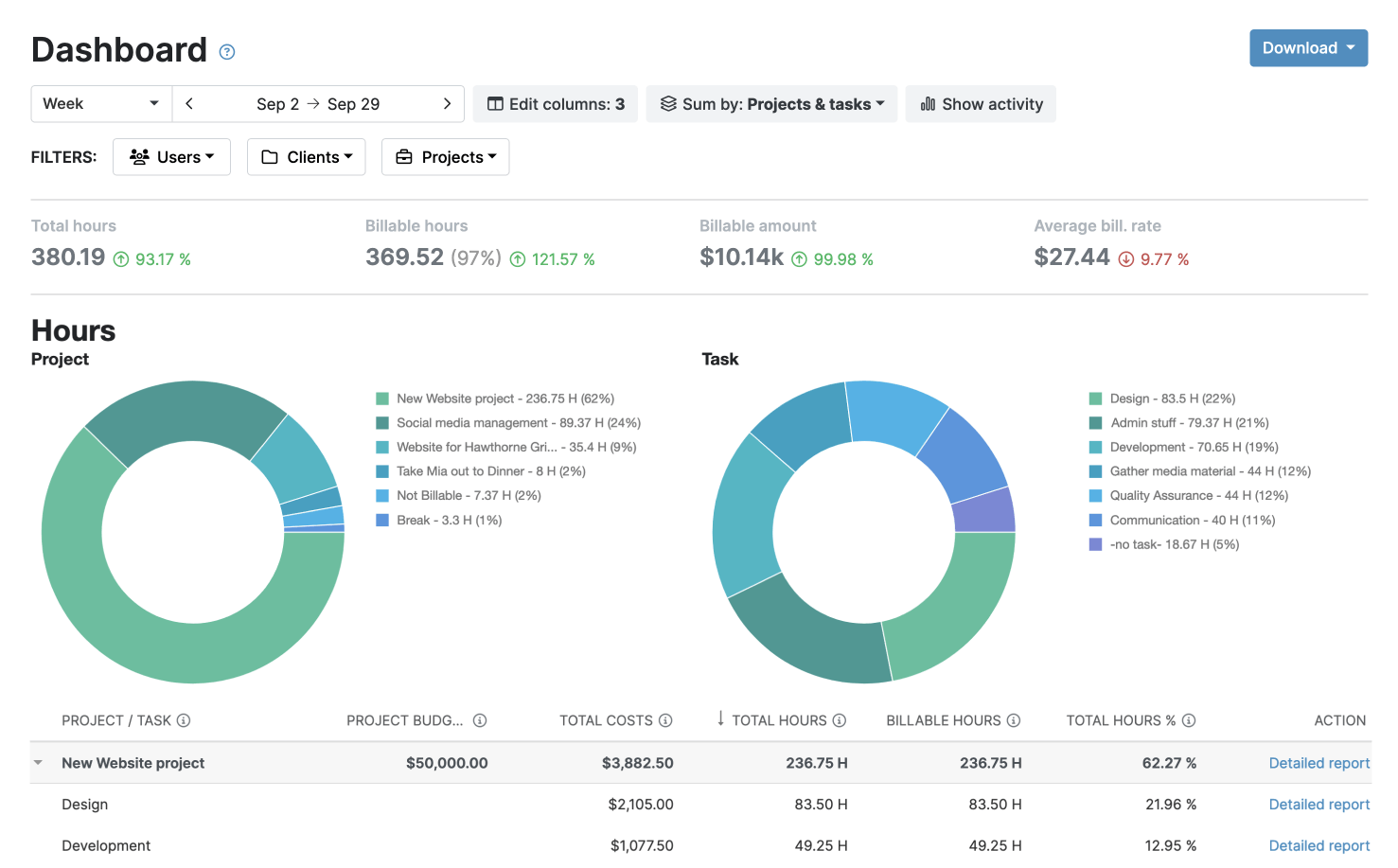
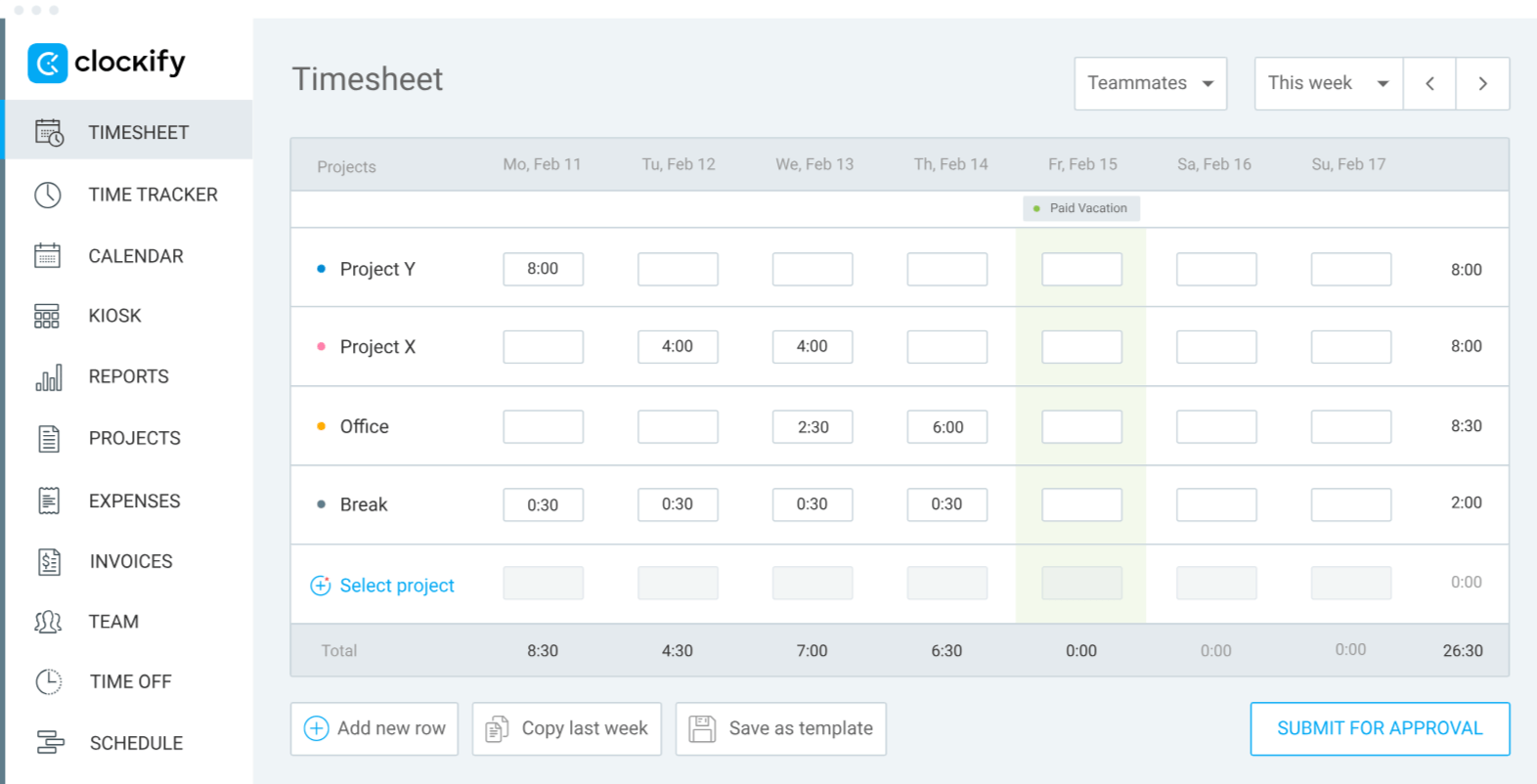
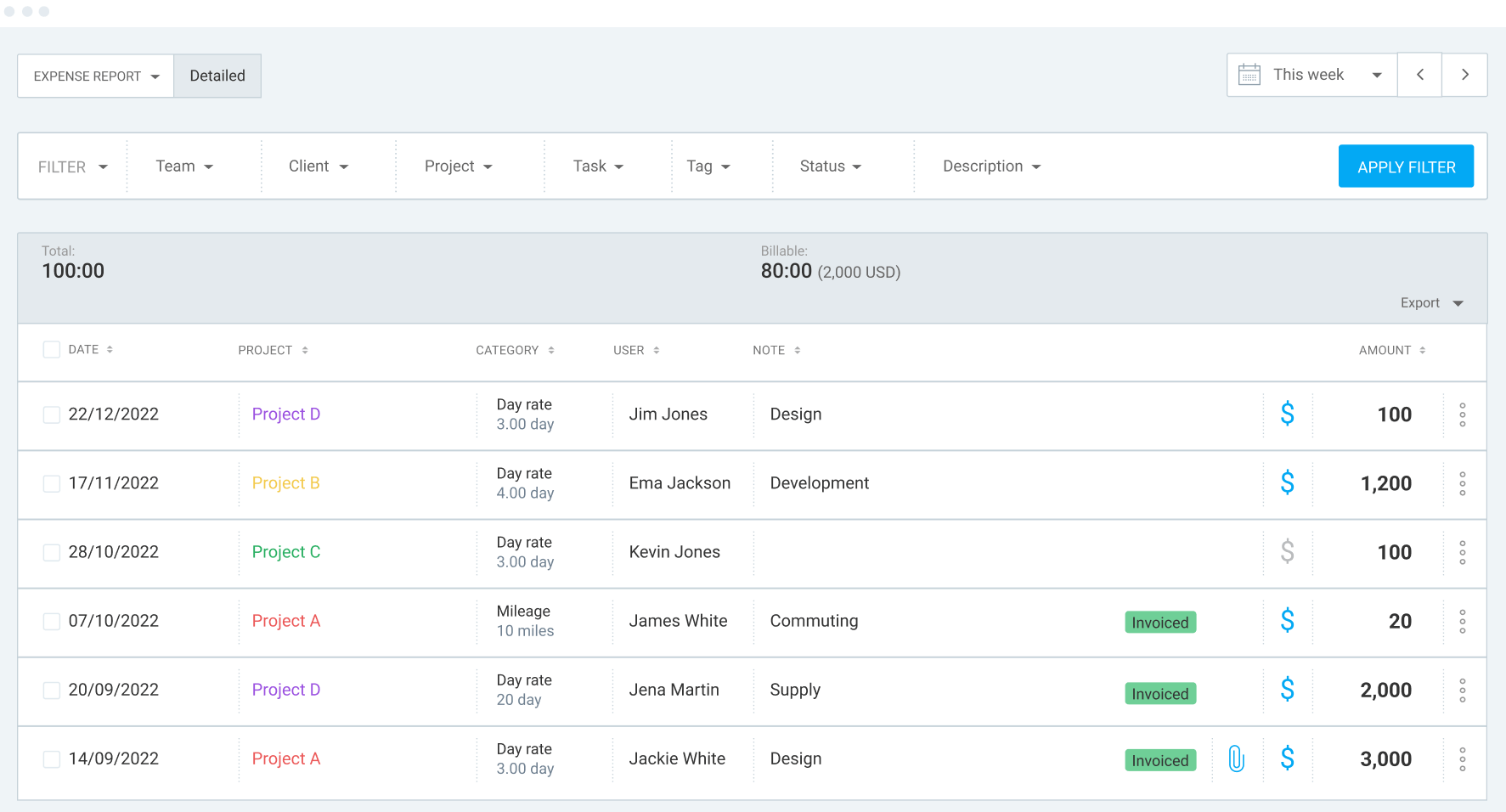
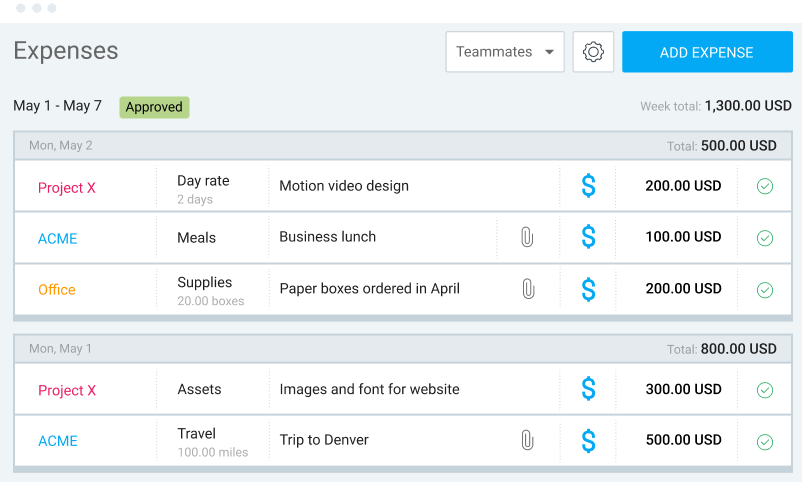
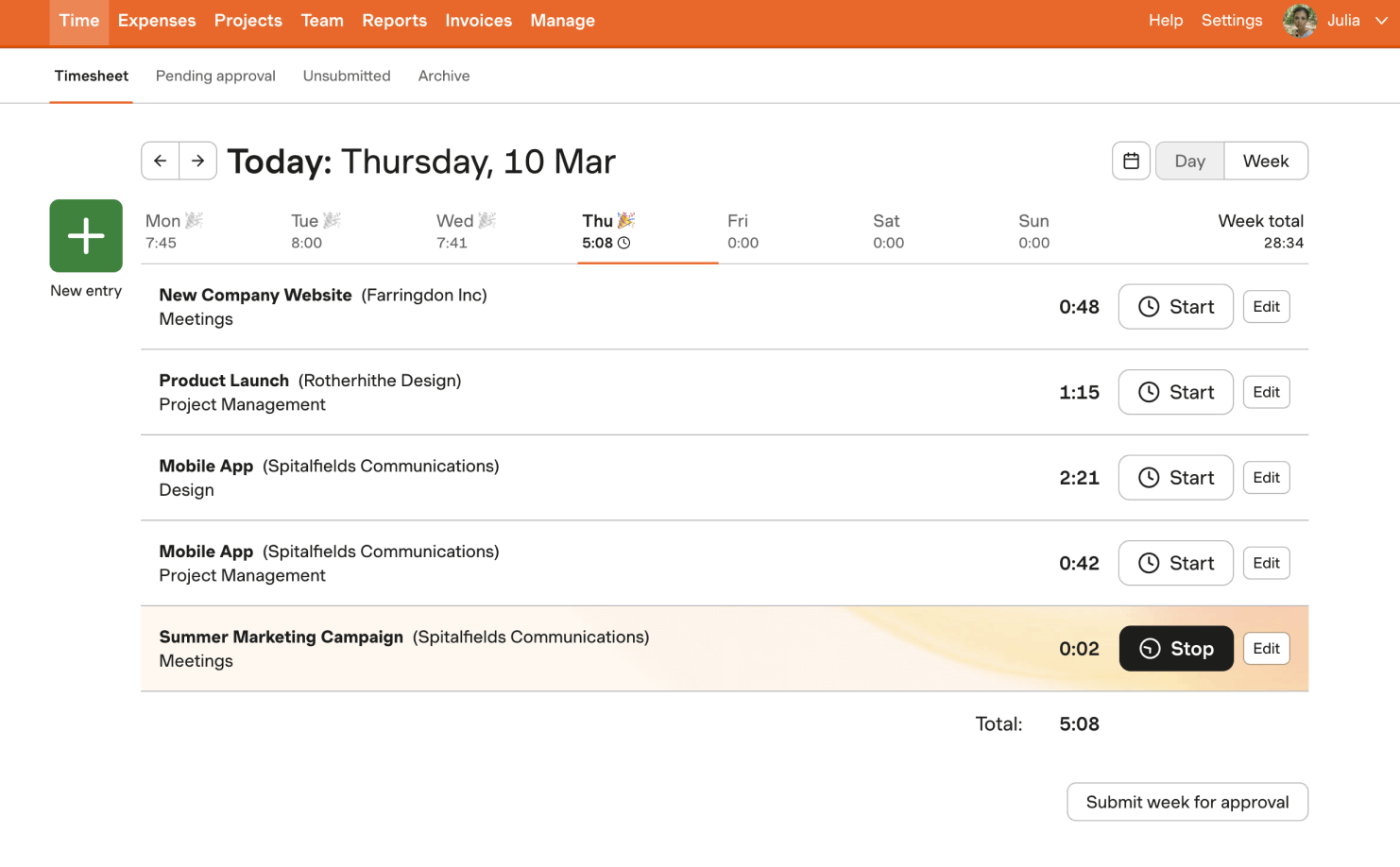
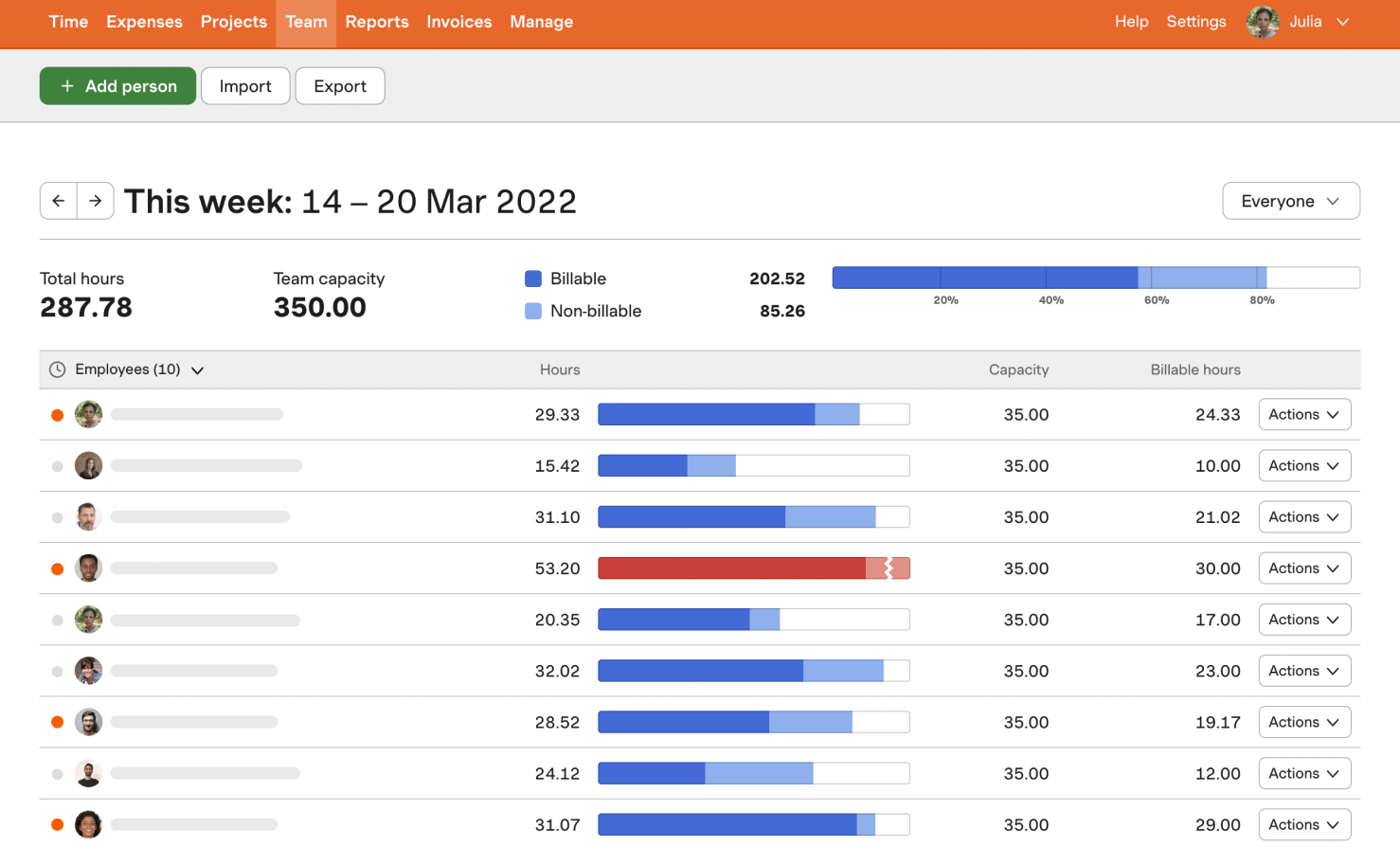
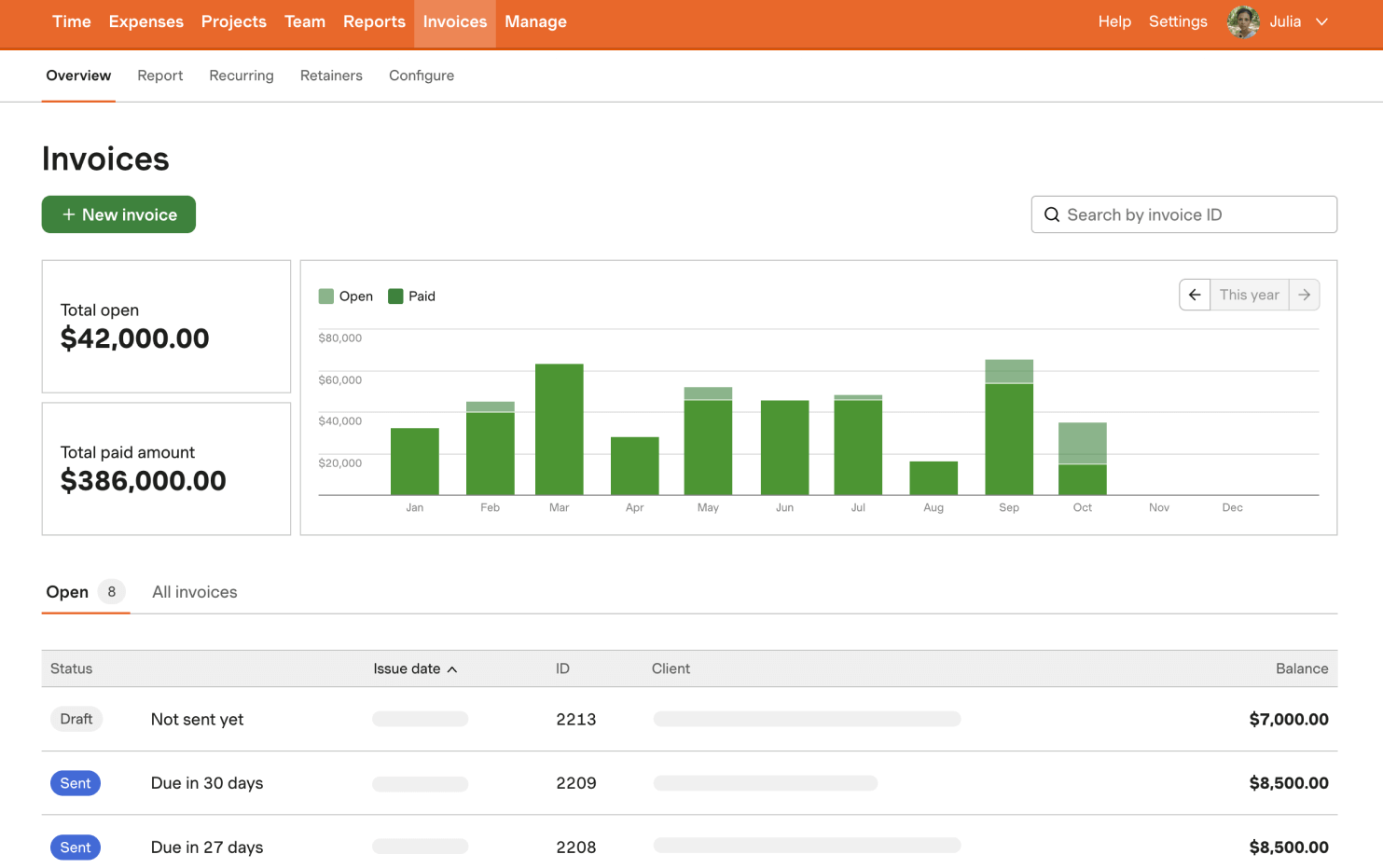
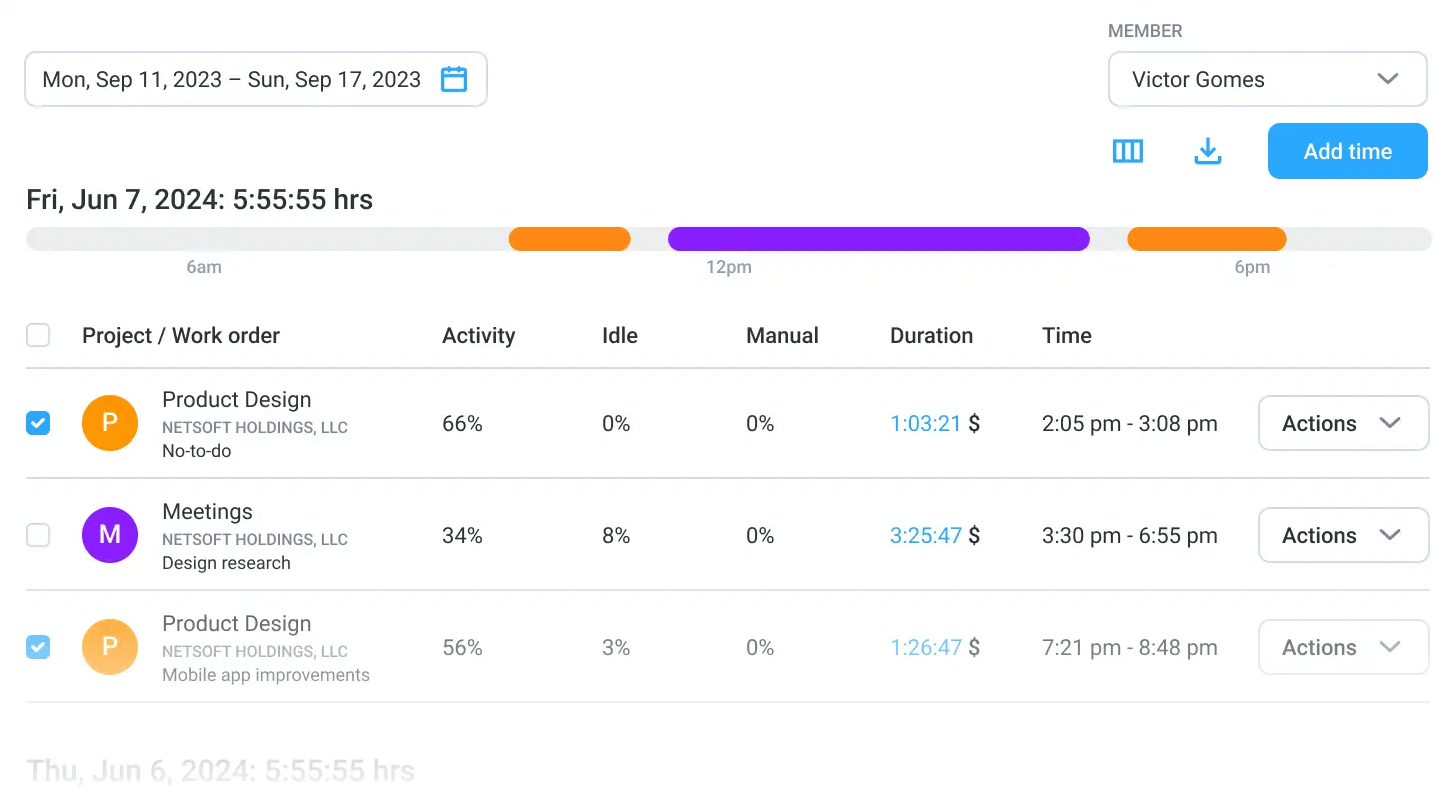
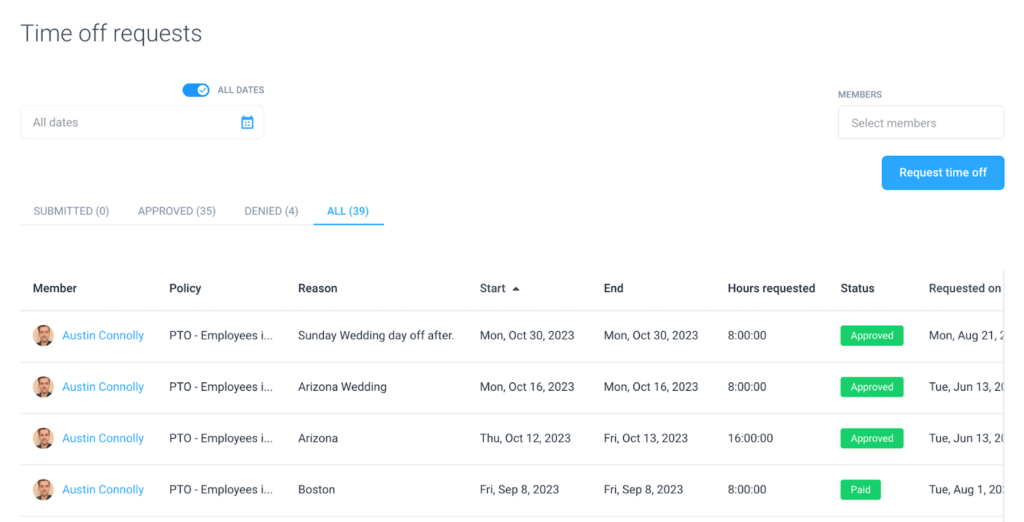
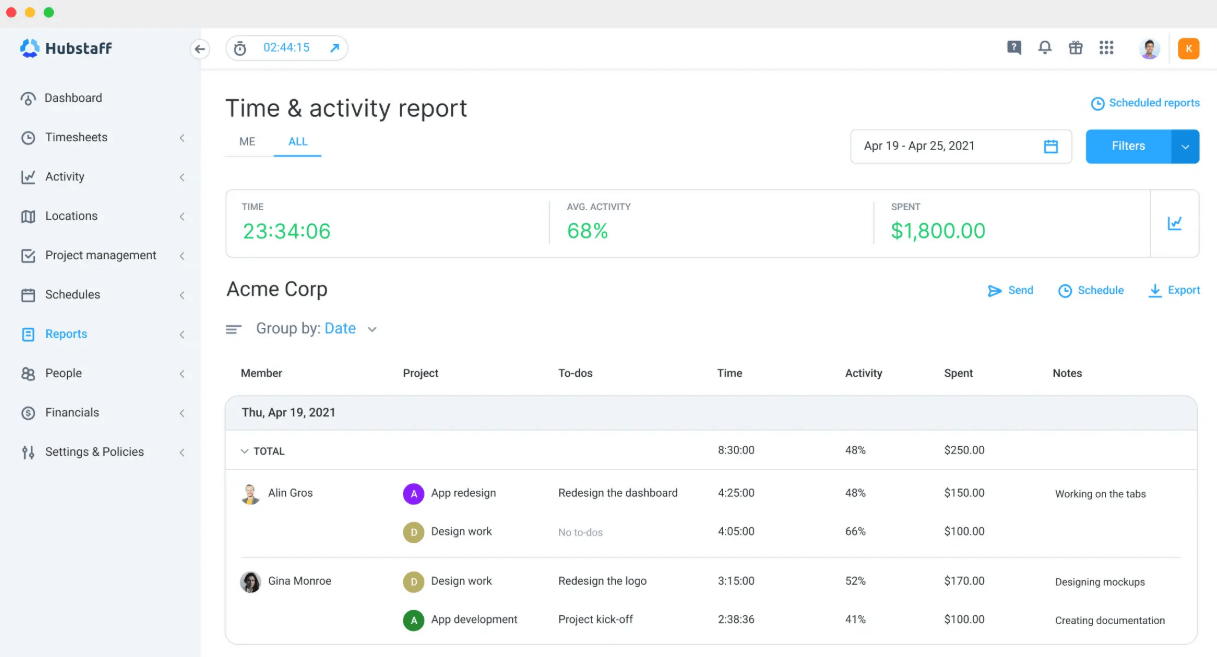
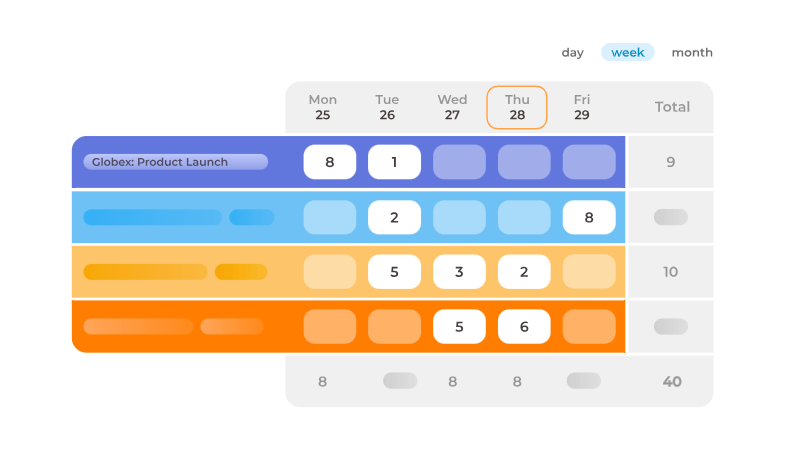
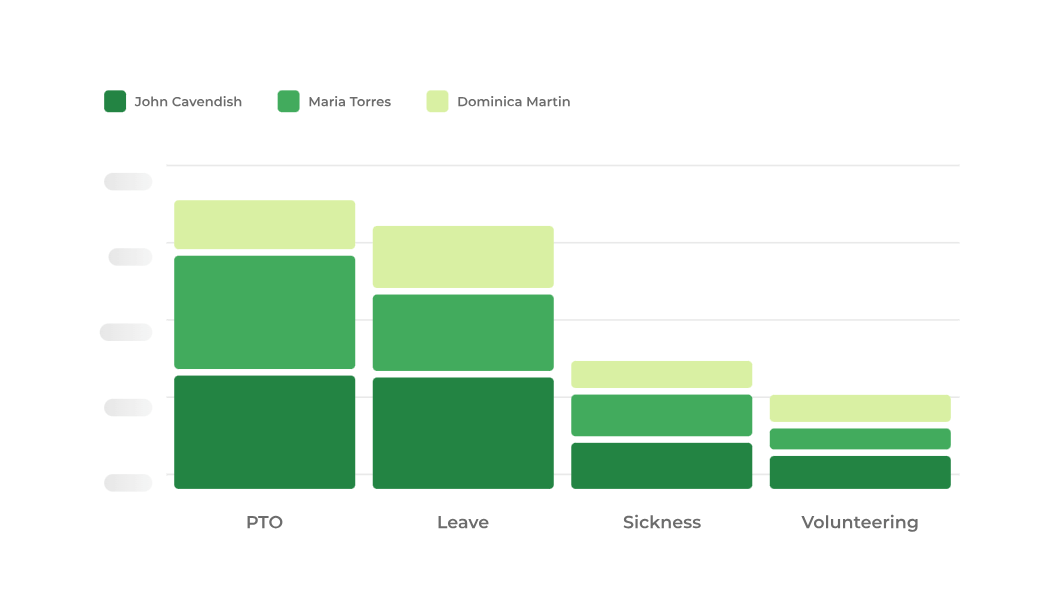
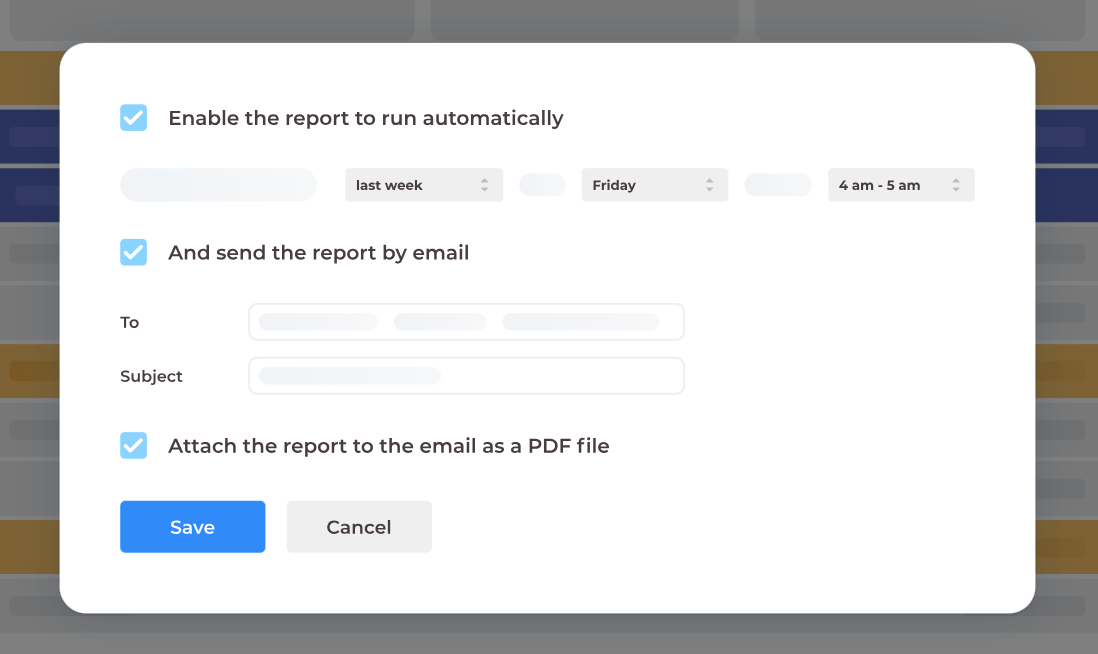
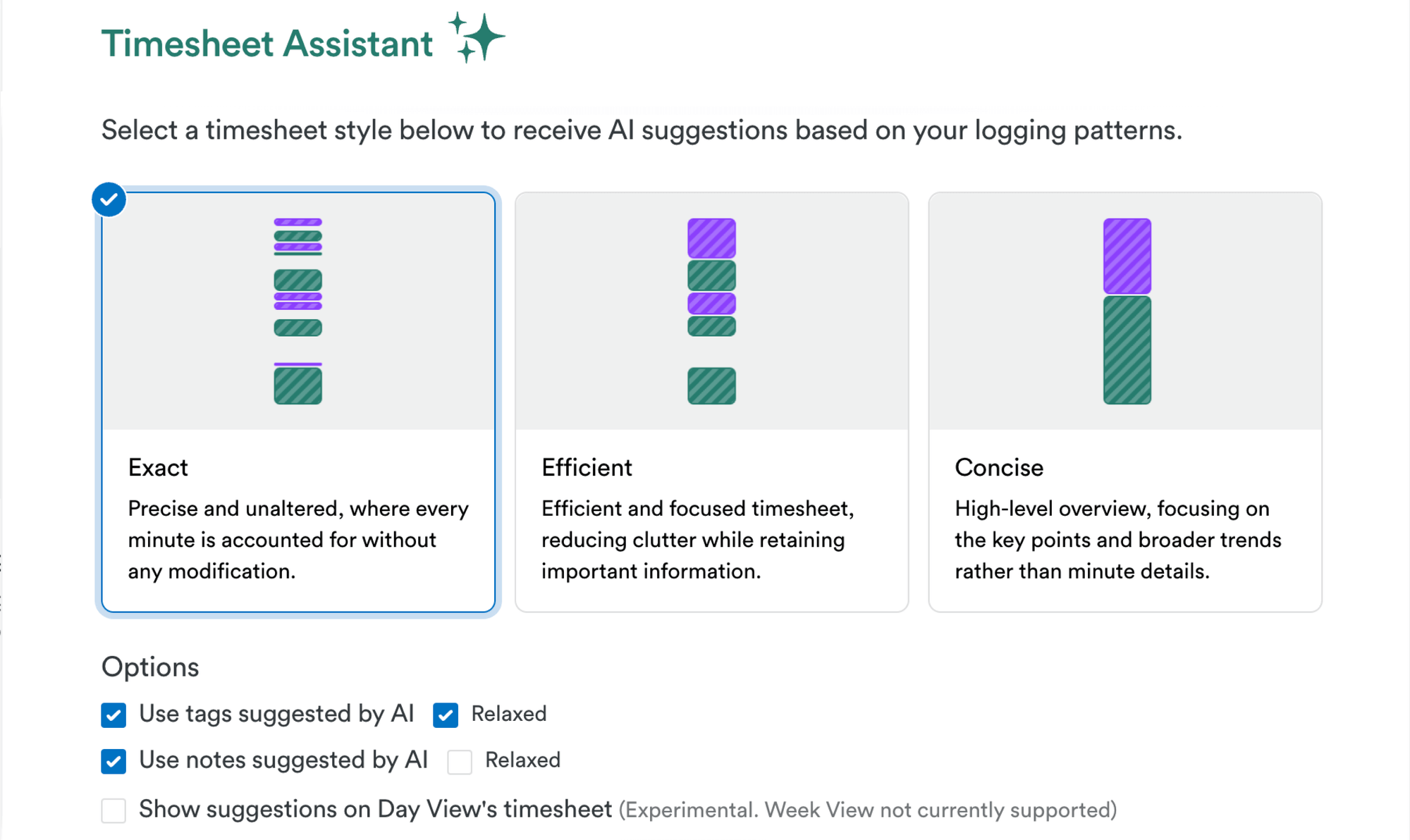
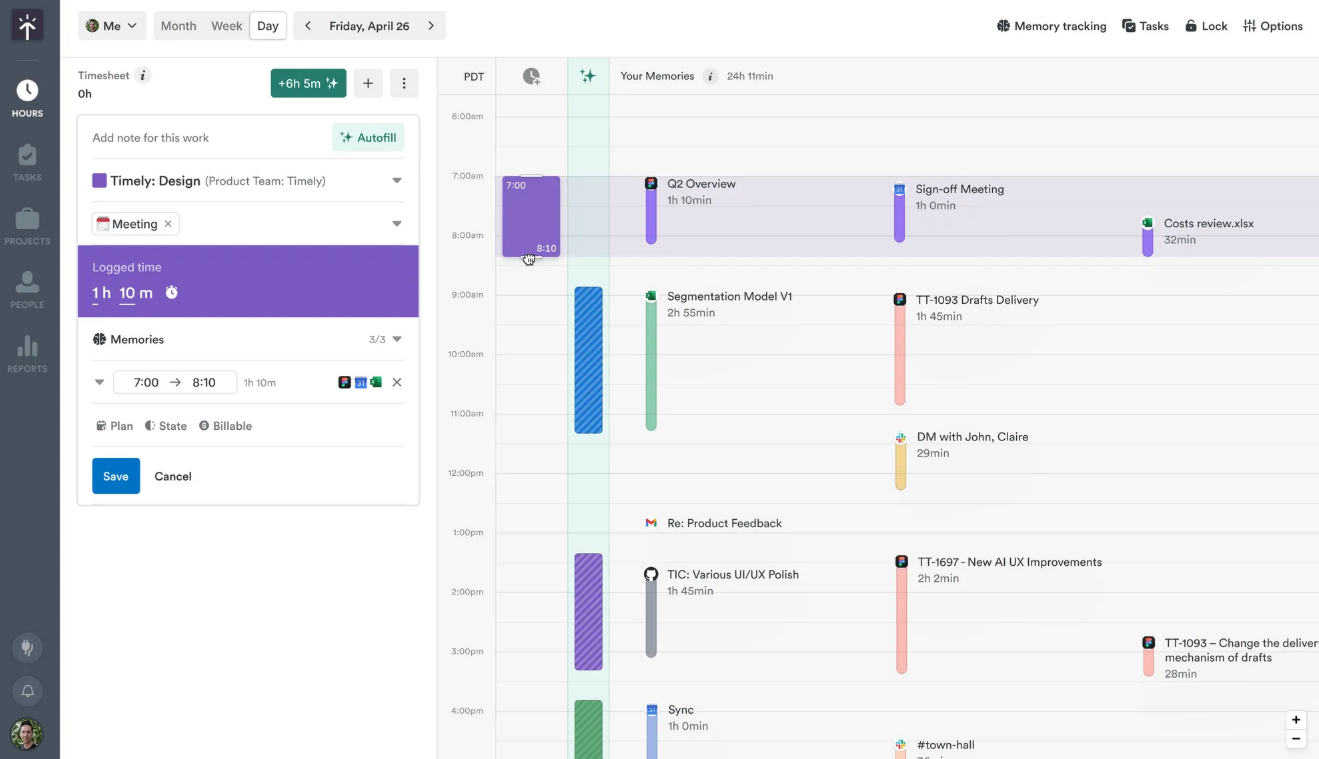
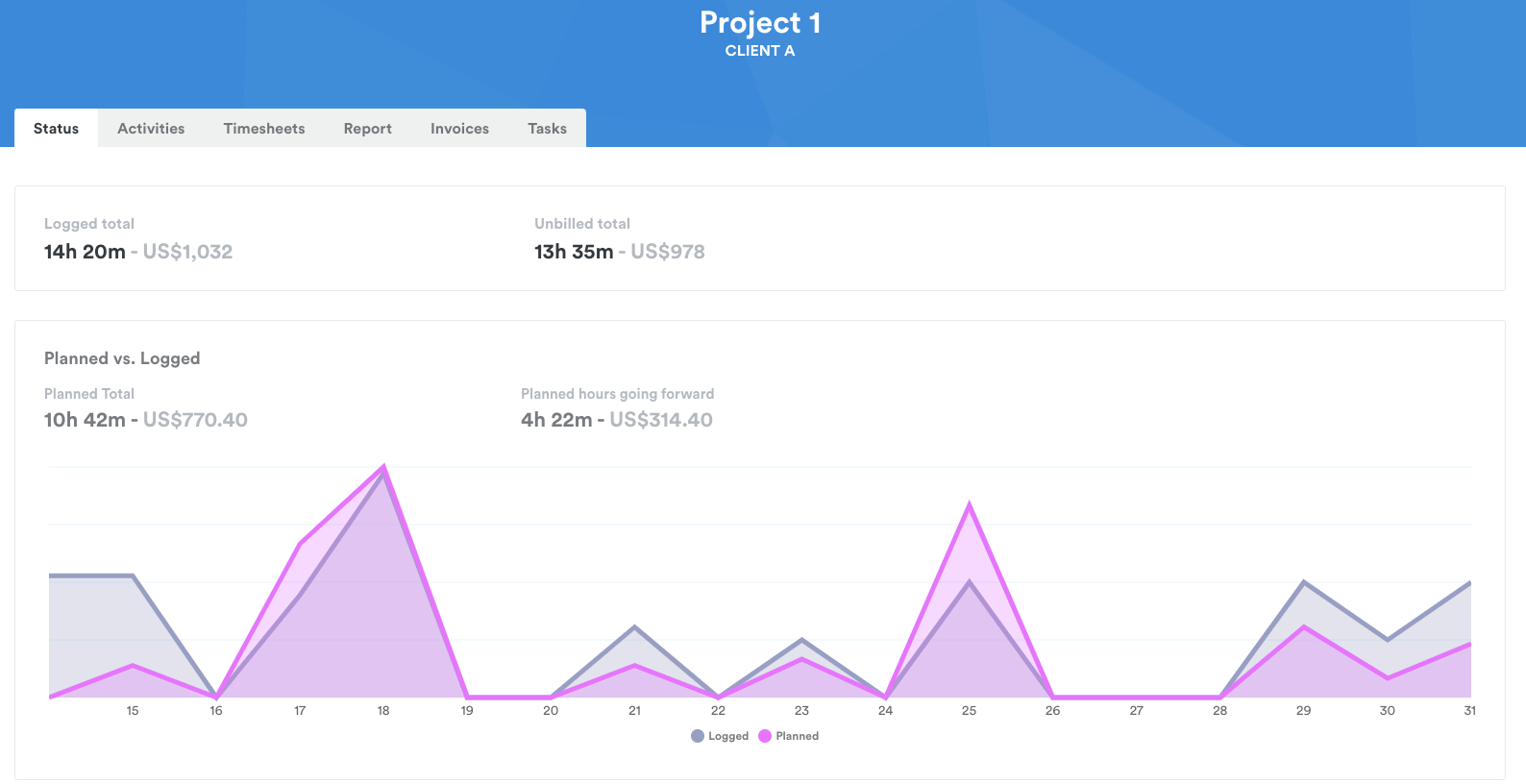
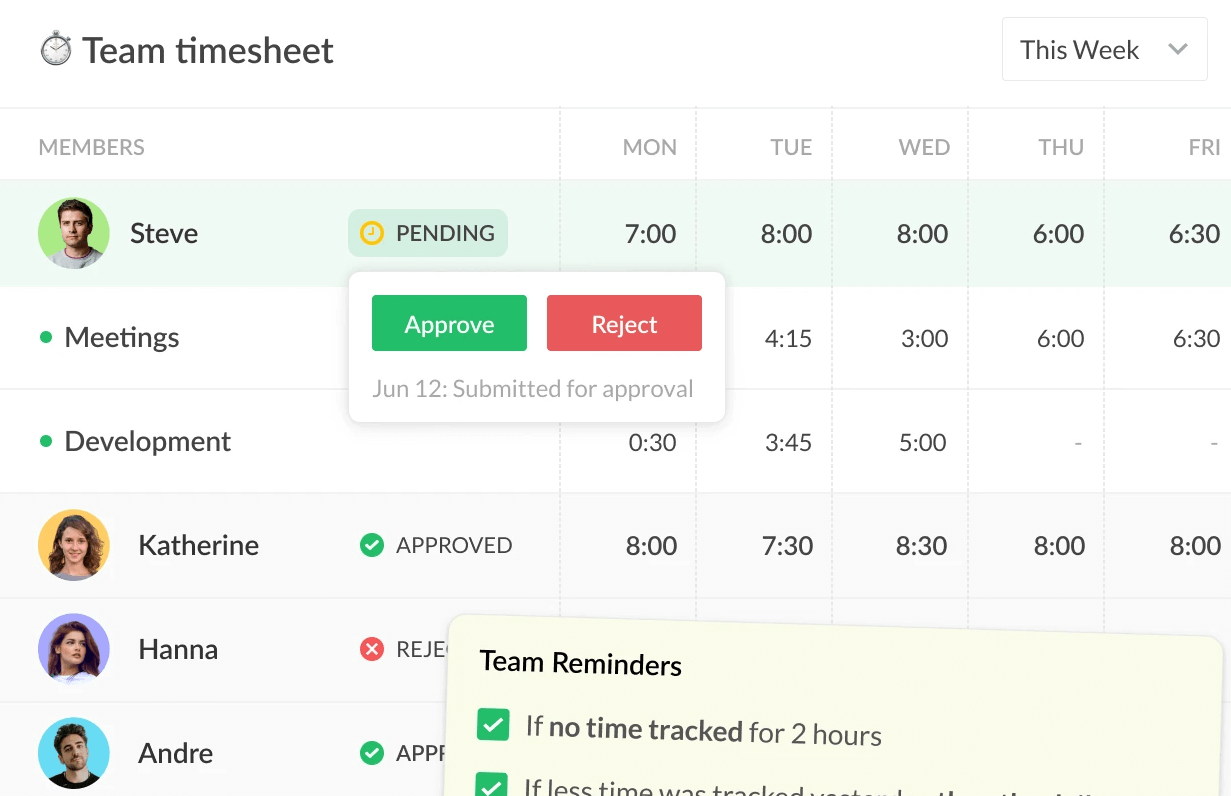
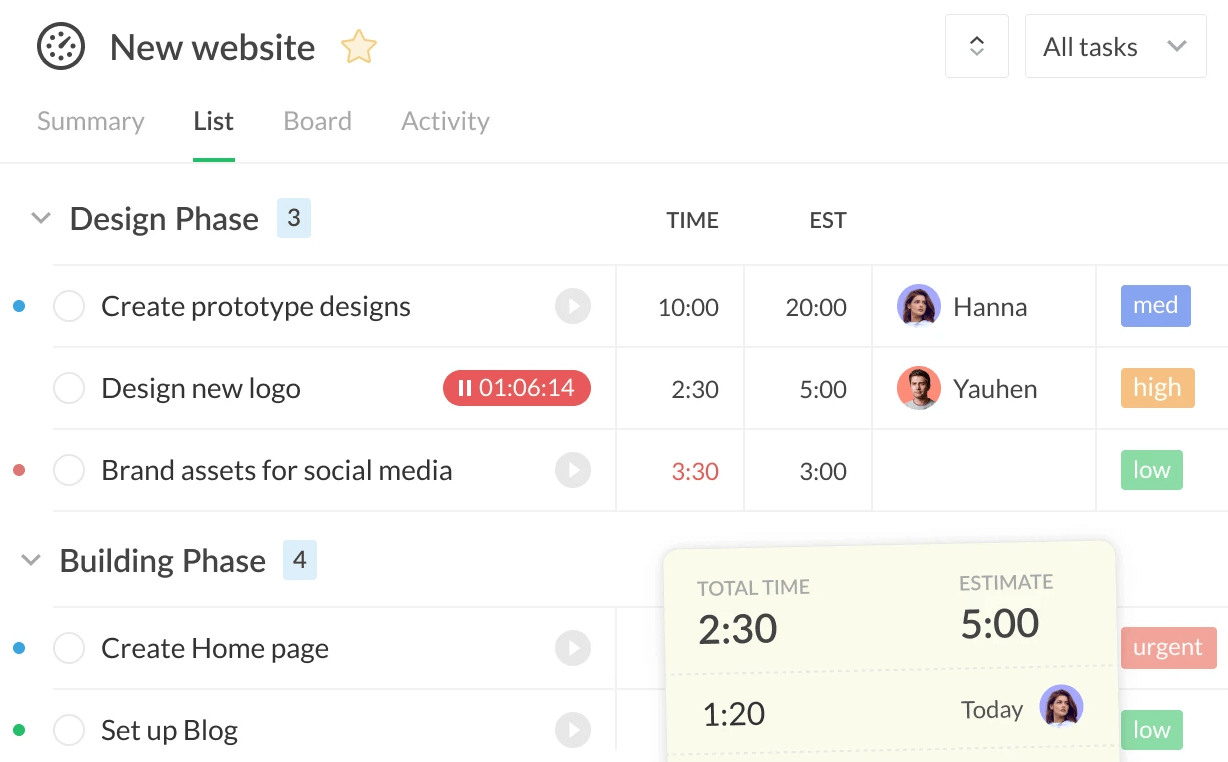
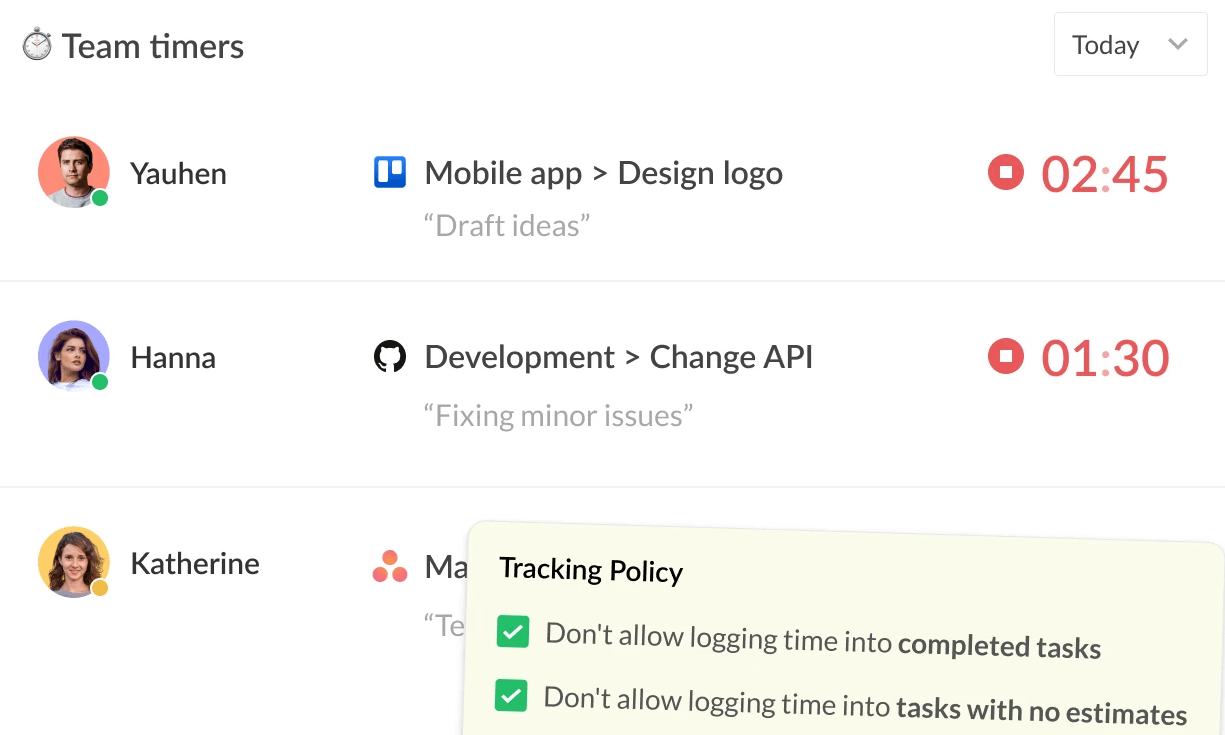
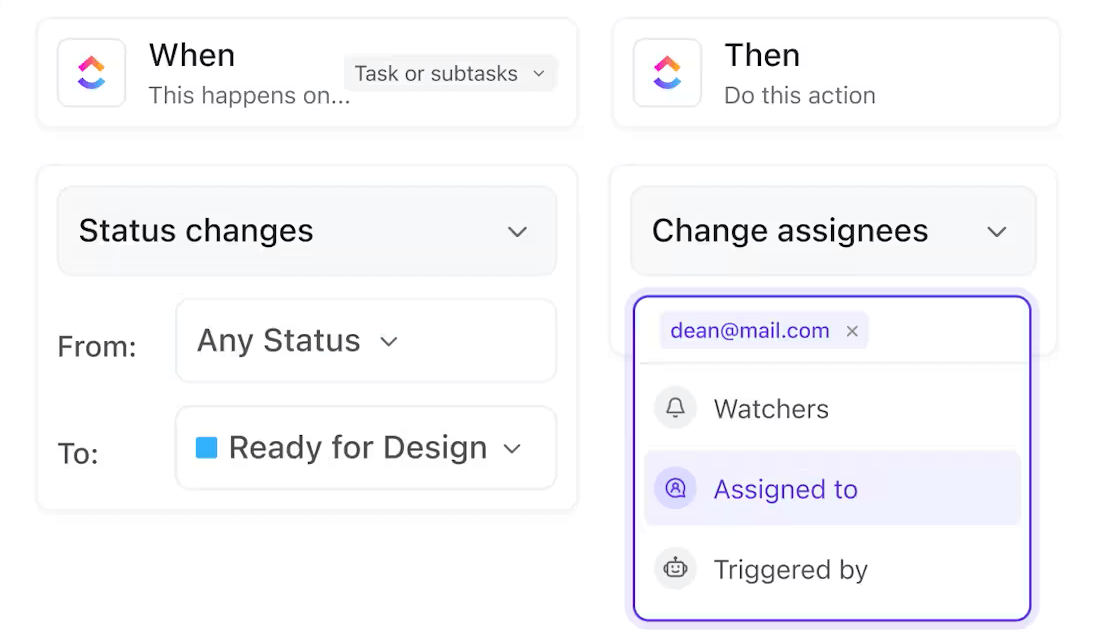
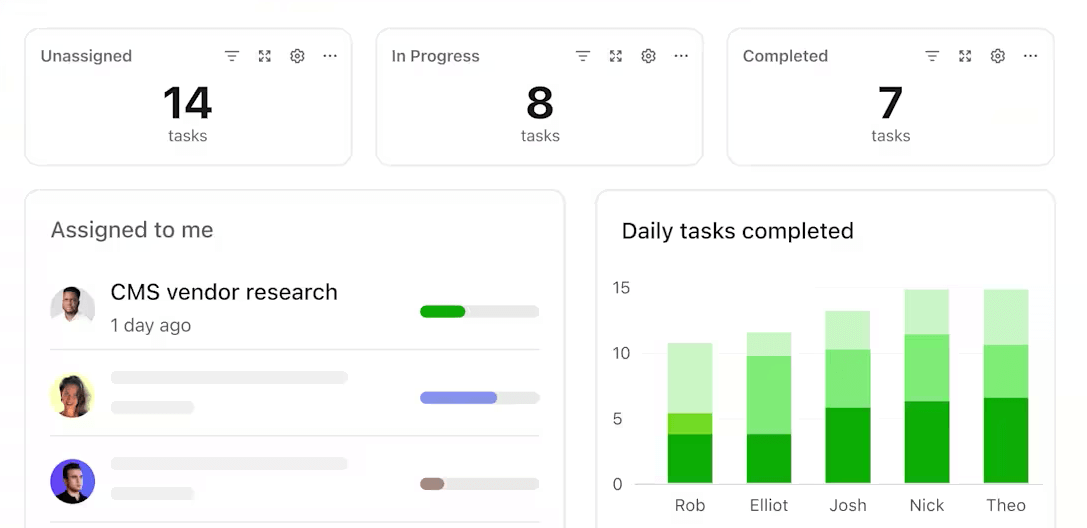
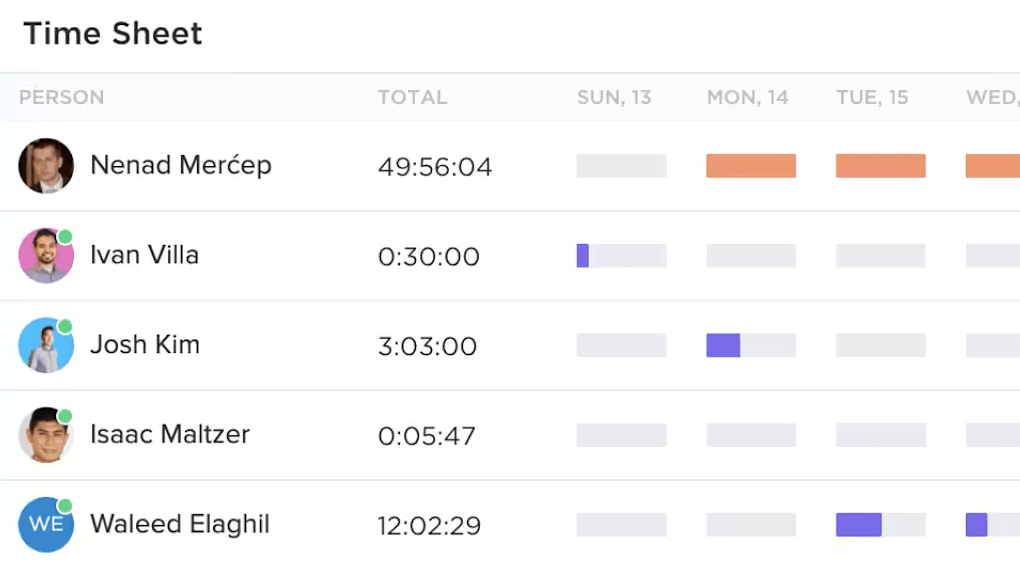

.png)
